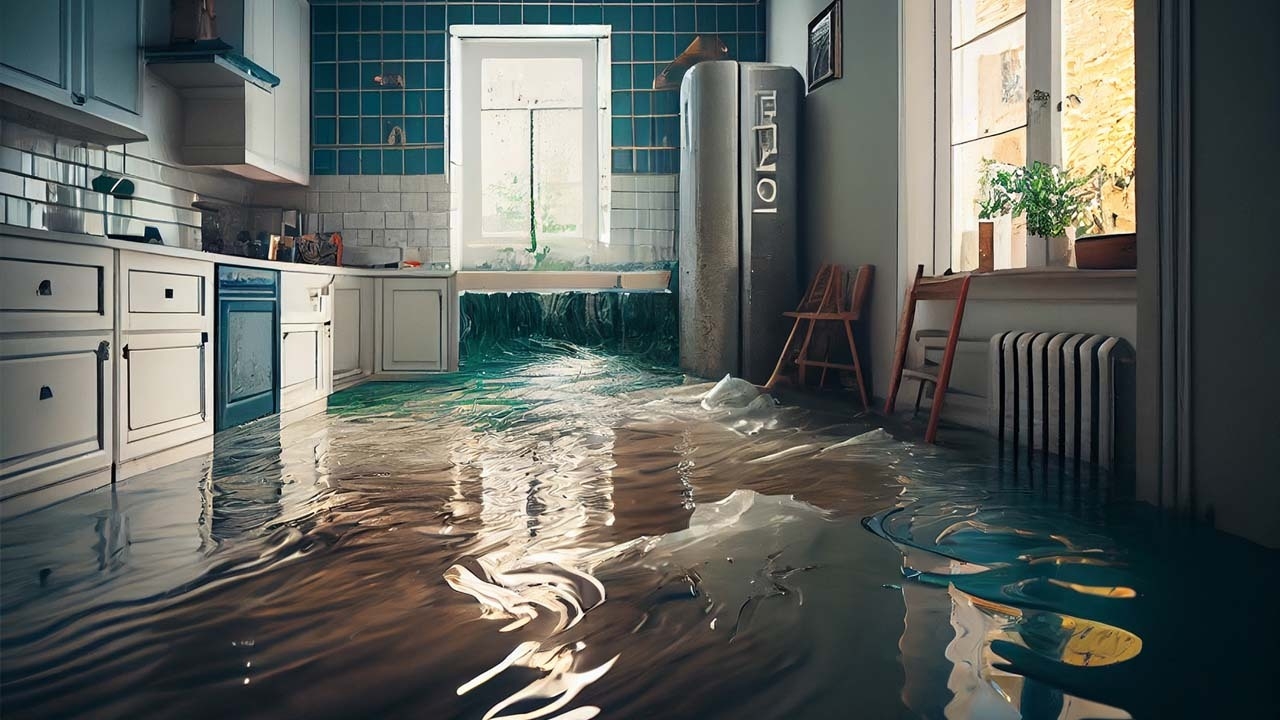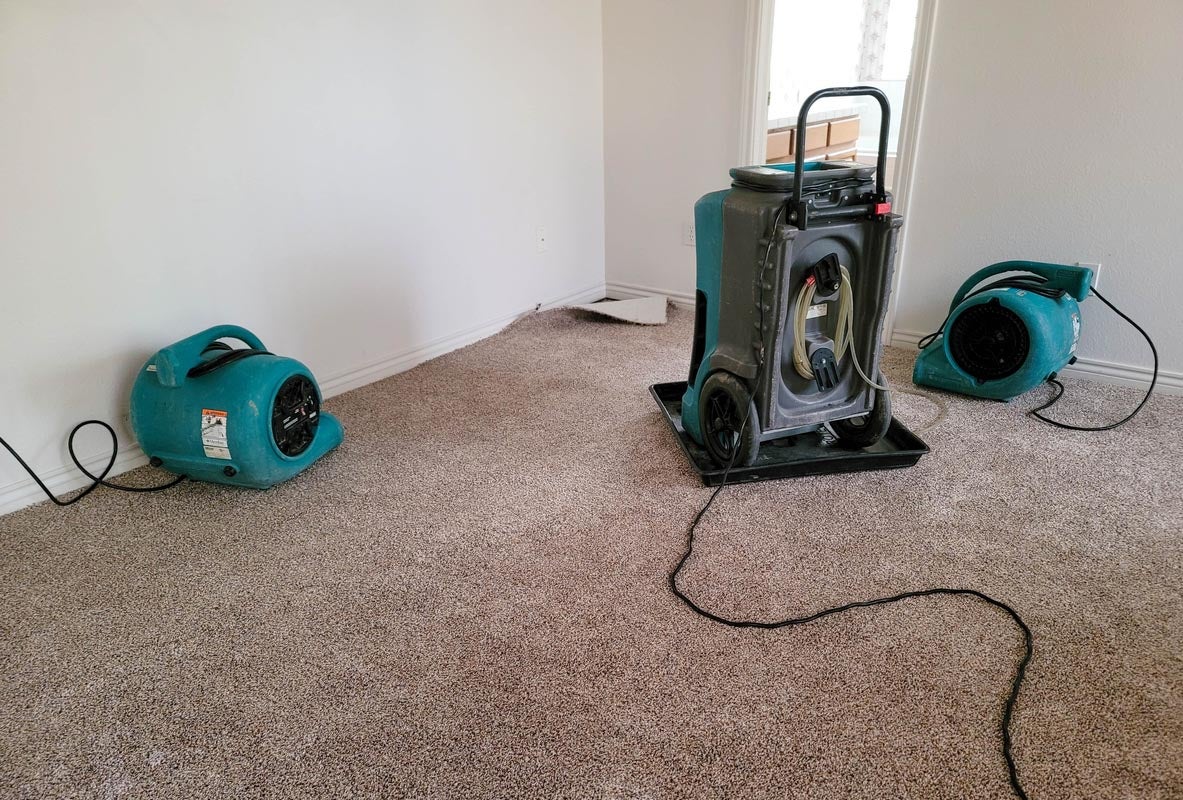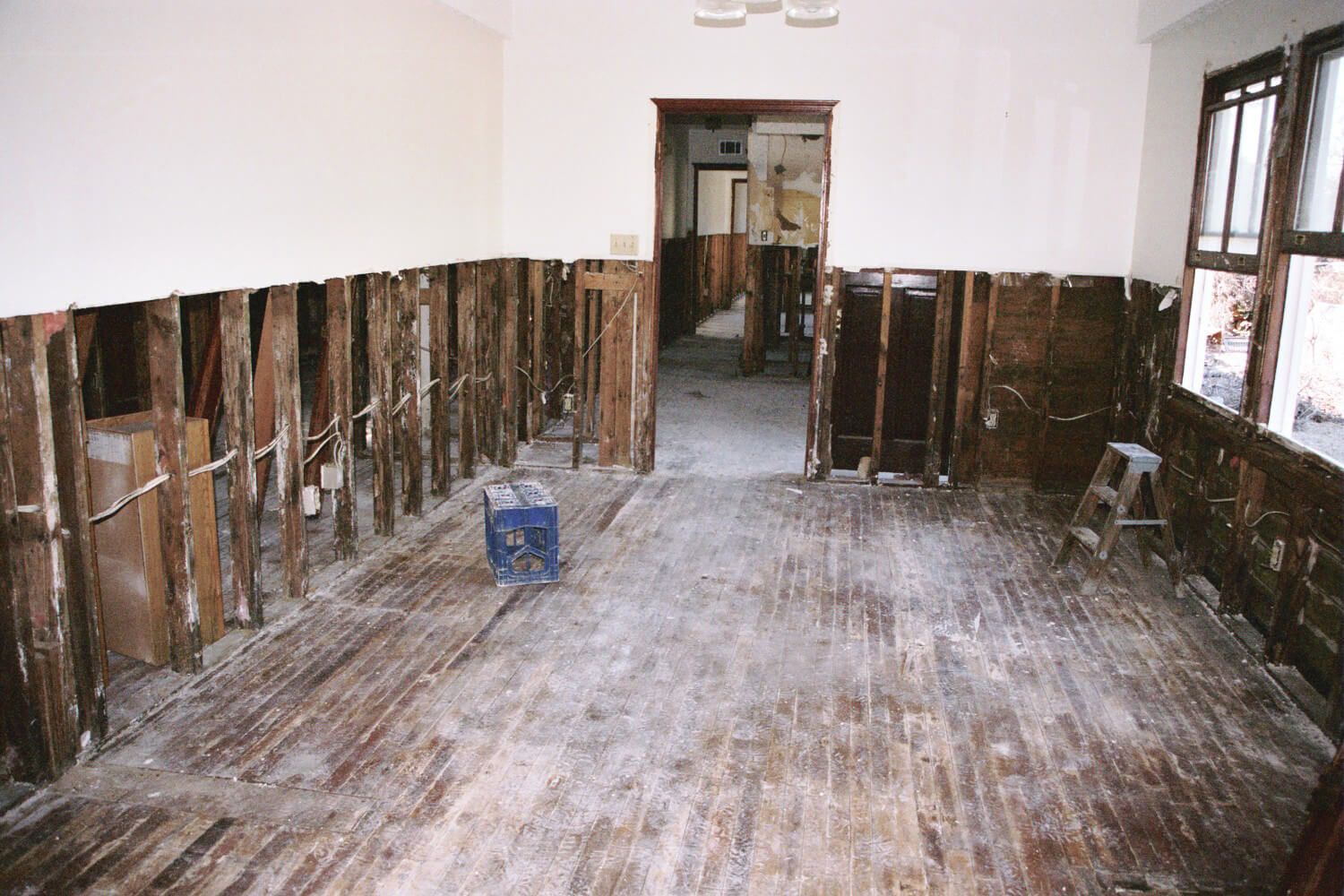Leak Detection Philadelphia: Very Early Treatment for Home Defense
Wiki Article
Emergency Situation Water Damages Repair: Swift Action to Decrease Additional Damage
What specifically does emergency situation water damage restoration require? By comprehending the urgency and thorough nature of this procedure, you will obtain useful insights right into exactly how professionals take on emergency situation water damage, making certain a swift and efficient response.Relevance of Swift Action
Swift reaction is of utmost importance in water damages remediation to decrease additional damage and alleviate potential threats. The longer water sits in a structure, the more damages it can cause.
One of the major reasons swift action is important in water damages reconstruction is to prevent the growth of mold and mildew. Mold and mildew not just creates further damage to the structure of the structure yet additionally poses health dangers to passengers.
Water damage can be devastating, especially when it affects individual things of monetary or nostalgic worth. Performing quickly allows professionals to analyze the damages and apply proper repair techniques to salvage as much as feasible.
Examining the Extent of Damages

Throughout the evaluation, reconstruction professionals thoroughly check out the affected location to determine noticeable indicators of damages, such as water discolorations, distorted materials, and mold development. They also utilize specific tools to detect covert damage, such as moisture meters and thermal imaging electronic cameras. This thorough evaluation permits them to accurately determine the degree of the damages and develop a customized restoration strategy.
Examining the extent of water damages is essential because it aids experts prioritize their efforts. They can identify areas that require immediate interest, such as standing water removal and drying out, to avoid more damage and reduce the danger of mold growth. They can also figure out the areas that require repair work or substitute, making sure that no damage goes undetected or untreated.

Water Extraction and Drying Refine
The water extraction and drying procedure is a vital step in water damages reconstruction, as it entails the elimination of excess water and the extensive drying out of the afflicted location to stop more damage and reduce the risk of mold growth. After analyzing the level of the water damage, the following step is to remove the water from the afflicted location.This action is important in protecting against second damages, such as structural damage and the development of mold and mildew. The drying out process might take several days, depending on the extent of the water damages and the products included.
It is essential to guarantee that the damaged area is totally dry prior to waging visit this website any fixings or reconstruction. Failure to completely dry out the location can bring about long-term issues, including damaged structures, mildewy smells, and the development of mold and mildew and mold. Expert water damage restoration firms utilize moisture discovery devices to ensure that the damaged area is completely dry prior to proceeding to the next action.
Mold Avoidance and Remediation
Effective mold and mildew prevention and removal are vital in water damage reconstruction to guarantee the safety and honesty of the affected location. mold remediation philadelphia. When water damages happens, whether from a ruptured pipe, flooding, or a dripping roofing system, it develops an optimal environment for mold development. Mold can begin to create within 24 to two days after water damages, and if left neglected, it can spread out rapidly and trigger significant health and wellness threatsTo stop mold and mildew growth, it is important to address water damage immediately. The first step is to repair the resource and recognize of the water intrusion. When the resource is fixed, the affected area must be thoroughly dried to avoid dampness from sticking around. This may involve using dehumidifiers, air moving companies, and various other customized tools to get rid of excess dampness from the air and surfaces.
In cases where mold and mildew development has actually currently happened, removal is needed to remove the mold and mildew and stop its return. This entails the mindful elimination and disposal of damaged products, such as drywall or rug, to make sure that all traces of mold and mildew are removed. It is very important to keep in mind that mold and mildew remediation ought to be executed by professionals who have the necessary helpful resources training and equipment to securely manage and eliminate mold.
Restoring the Affected Location

Firstly, it is vital to extensively dry out the location to avoid any additional damage and to prevent the development of mold and mildew and mold. This might include making use of specialized drying out tools, such as dehumidifiers and industrial-grade followers, Going Here to get rid of all dampness from the damaged surface areas.
As soon as the location is entirely dry, the restoration procedure can start. This might entail replacing or repairing damaged structural elements, such as ceiling, drywall, or flooring floor tiles. It is vital to resolve any kind of underlying concerns that might have created the water damages, such as leaking pipes or defective pipes, to avoid future cases.
In addition, recovering the afflicted area may also consist of painting wall surfaces, replacing harmed components, and extensively cleansing and sterilizing the area. This guarantees that not only is the area structurally audio, yet it is additionally visually pleasing and risk-free for occupancy.
Verdict
Evaluating the level of damage enables for effective water extraction and drying out processes to be carried out. Overall, prompt activity and extensive restoration steps are vital to alleviating the negative influences of water damages.Swift feedback is of utmost significance in water damage remediation to decrease further damage and minimize prospective risks.During the evaluation, remediation experts completely take a look at the affected area to determine noticeable signs of damage, such as water spots, deformed products, and mold and mildew growth.The water extraction and drying process is a vital action in water damages restoration, as it involves the removal of excess water and the extensive drying out of the damaged area to protect against further damage and mitigate the risk of mold growth. After evaluating the degree of the water damage, the next step is to extract the water from the affected area.Effective mold and mildew avoidance and removal are crucial in water damages reconstruction to make certain the safety and honesty of the damaged location.
Report this wiki page